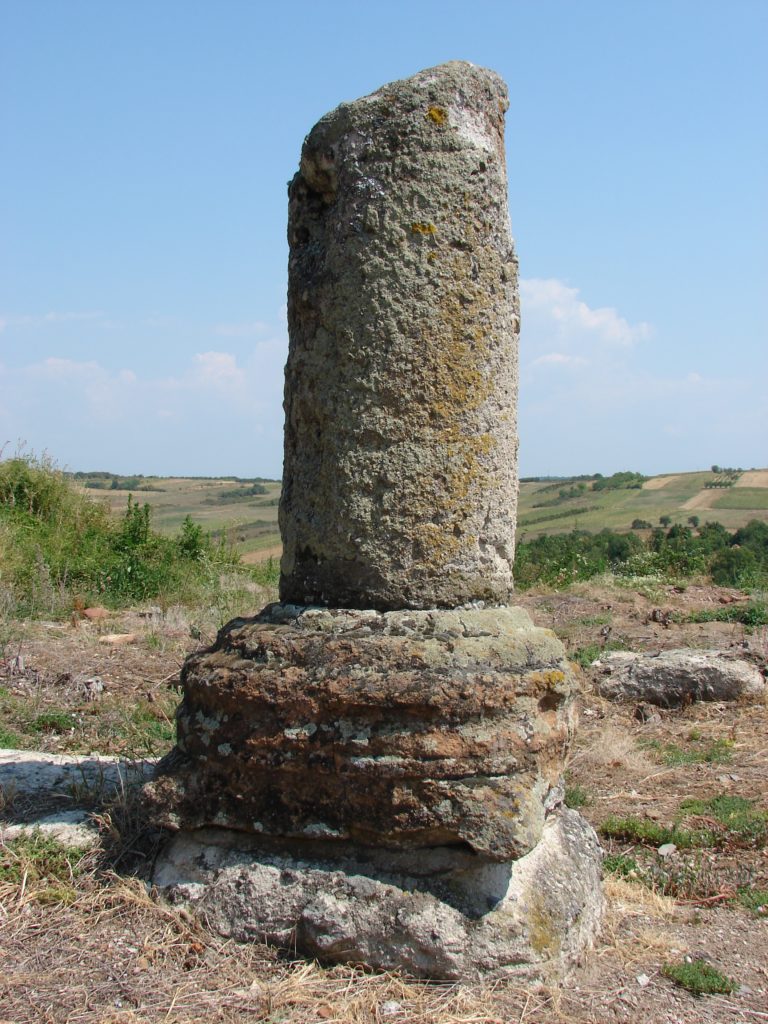
Justiniana Prima (Latin: Iustiniana Prima, Serbian: Јустинијана Прима/Justinijana Prima or Царичин Град/Caričin Grad) was a Byzantine city that existed from 535 to 615, and currently an archaeological site, near today’s Lebane, Leskovacdistrict in southern Serbia. It was founded by Emperor Justinian I and served as the seat of an Archbishopric that had jurisdiction of the Central Balkans.
In 1979, Justiniana Prima was added to the Archaeological Sites of Exceptional Importance-list, protected by Republic of Serbia.
The establishment of the Archbishopric is mentioned in Justinian’s own Novel XI from 535, when he promotes the Metropolitan to an Archbishop, independent from the Archbishop of Thessalonica. The establishment is seen as part of the feud between Justinian and the Archbishop of Eastern Illyricum, who was a papal vicar.[1]
The city was founded by Emperor Justinian I. It existed from the 530s to 615 and was designed as a splendid bishop’s seat. The city was a completely new foundation in honour of the nearby village of Tauresium, the birthplace of Justinian. According to Procopius Bederiana, the birthplace of Justinian’s uncle and mentor Justin I was nearby. There has been a long debate about the identification of these historical places. The huge correlation between the archaeological site and the description by Procopius as well as finds of seals of the bishop of Iustiniana Prima are strong arguments for an identification of Justiniana Prima with Caricin Grad.[3]
The city planning combined classical and Christian elements: thermae, a forum, and streets with colonnades. Typical Mediterranean features went along with numerous churches.
Justinian himself ordered the foundation of the city by law in 535, establishing the Archbishopric of Justiniana Prima, making it at the same time the capital of the prefecture of Illyricum instead of Thessaloniki (although this is disputed among historians). It also was chosen as the seat of the Dacian diocese.
The town was abandoned at around 615. Invading Avars coming from north of the Danube may be one factor, missing political interest in the town after the time of Justinian may be another. Among many other imported finds the presence of 2 pieces of a specific type of fibulae[4] and handmade pottery have been understood as an indication of the presence of Slavs already before the Avar incursion.[5]
From Wikipedia, the free encyclopedia

